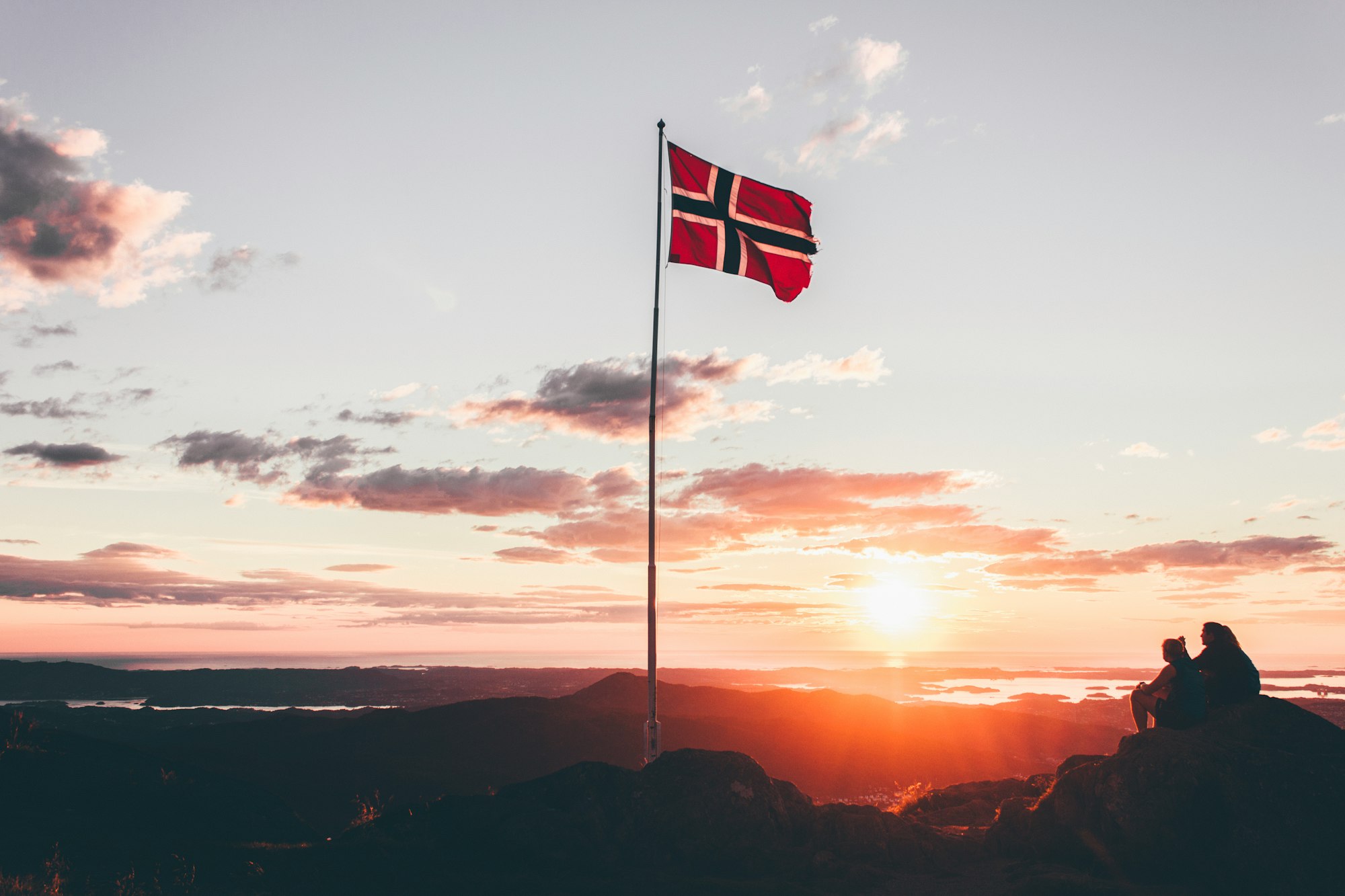View the Country Report for Norway in the Oxford Compendium of National Legal Responses to Covid-19
Norway has been one of the least affected countries in Europe in terms of case fatality rates. For instance, Covid-19 did not cause excess mortality in 2020 compared to previous years. However, the pandemic has dominated politics, public health measures, the economy, and social life in Norway since the first case of Covid-19 was registered on 26 February 2020.
On 12 March 2020, the Government introduced the most severe nationwide restrictions on movement in peace time, by closing all schools and some businesses, as well as restrictions on internal mobility and travels abroad. However, the Norwegian ‘lockdown’ measures did not amount to a curfew, and they were gradually lifted from 7 May 2020. The national infection control measures were largely successful in controlling the first wave of the pandemic. While a national regulatory framework on quarantine and sanitary measures have been maintained in accordance with the development of the pandemic, stricter measures to fight spikes in the infection rate have subsequently been introduced on the local level rather than national level. Though some infection control measures have raised public debate, they have in general enjoyed popular support.
Vaccination against Covid-19 started in the last week of December 2020. The Norwegian Covid-19 vaccine programme is linked to the EU Emergency Support Instrument through a resale agreement with Sweden.
Like in other countries, the infection control measures have had a negative impact on the economy. Compared to 2019, Norway’s GDP (not including offshore petroleum activities) dropped by 2.5% in 2020. Economic activity dropped sharply in March and April 2020 due to the ‘lockdown’ measures introduced on 12 March 2020, but largely recovered in the second half of the year. Compared to the EU average, the economic impact of the infection control measures was in the lower end.
The response to the pandemic has not changed the basic constitutional structure in Norway. Since first line infection control is decentralised to the municipalities, there has been some tension between local governments and the national health authorities on both the choice and scope of infection control measures. On the national level, the Government does not hold a majority in Parliament, which means that regulatory and economic measures have required the approval of the opposition. Overall, the relationship between the Government and Parliament during the pandemic has been characterised by cooperation. To allow for rapid legislative measures to soften the economic and social effects of the infection control measures, Parliament passed on 27 March 2020 the Corona Act 2020 which entailed a temporary delegation of legislative powers to the Government until 27 May 2020.


